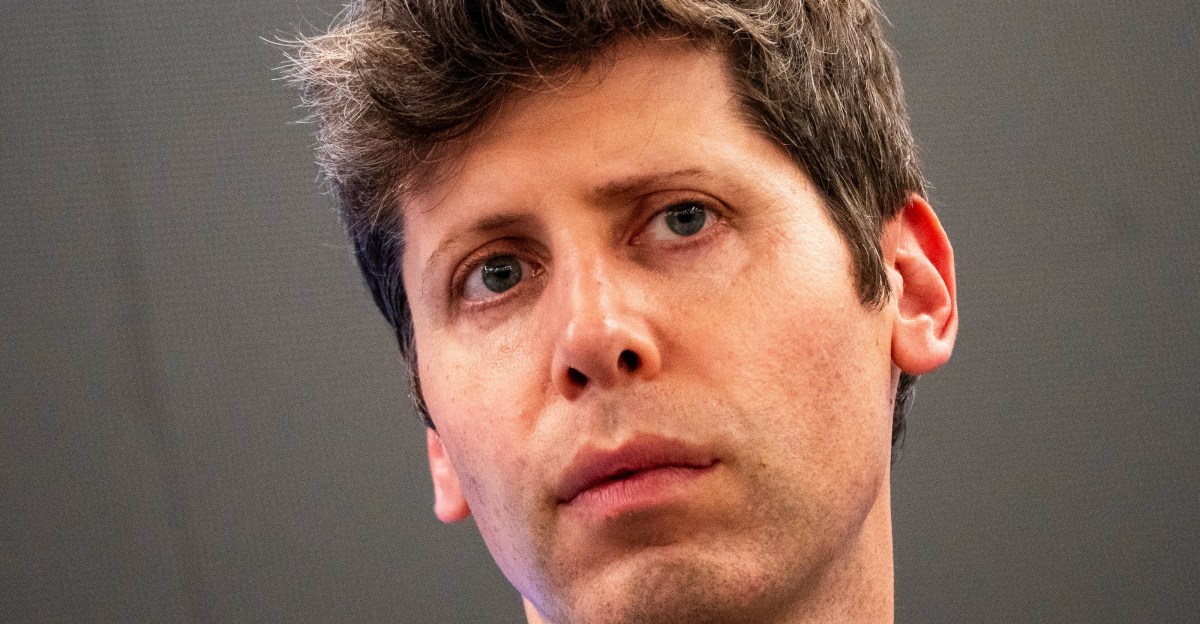Sam Altman’s New Venture, Merge Labs, Targets Non‑Invasive Brain‑Computer Interfaces

Key Points
- Sam Altman and Alex Blania are launching a BCI startup called Merge Labs.
- Caltech biomolecular engineer Mikhail Shapiro joins the founding team.
- Merge Labs plans to raise hundreds of millions of dollars from OpenAI and other investors.
- The company focuses on non‑invasive ultrasound and gene‑therapy techniques.
- Altman has publicly criticized invasive BCI approaches like Neuralink.
- Merge aims to enable thought‑based interaction with AI systems such as ChatGPT.
- Altman is expected to serve as chairman rather than a daily operator.
- The venture positions itself as a low‑risk alternative in the BCI market.
Sam Altman is preparing to launch a brain‑computer interface startup, Merge Labs, alongside co‑founder Alex Blania. The company has recruited Caltech biomolecular engineer Mikhail Shapiro to its founding team and is expected to seek hundreds of millions of dollars in funding from OpenAI and other investors. Merge Labs aims to develop non‑invasive neural technologies that use ultrasound and gene‑editing techniques, positioning itself as a contrast to more invasive approaches such as Neuralink. Altman has publicly expressed a preference for read‑only, non‑surgical interfaces that could let users interact with AI systems like ChatGPT directly with thought.
Background and Leadership
Sam Altman, the well‑known OpenAI executive, is set to announce a new brain‑computer interface (BCI) startup called Merge Labs. He will partner with Alex Blania, a co‑founder who also works on Altman’s other venture, Tools for Humanity. According to sources, Altman has recruited Mikhail Shapiro, an award‑winning biomolecular engineer from Caltech, to join the founding team. Shapiro’s official title has not been disclosed, but he is described as a key leader in the company’s early development and investor discussions.
Merge Labs is expected to raise "hundreds of millions of dollars" from OpenAI and other backers, as reported by the Financial Times. The funding round is still in progress, and the company is positioning itself to become a major player in the emerging BCI market.
Technical Focus: Ultrasound and Gene Therapy
Shapiro’s research at Caltech has centered on non‑invasive techniques for neural imaging and control. His work emphasizes the use of ultrasound to interact with the human brain without the need for open‑skull surgery, a method that contrasts sharply with the invasive electrode‑based approach pursued by companies like Neuralink. Shapiro has also advanced gene‑therapy methods that make cells visible to ultrasound, a strategy that could underpin Merge Labs’ first product.
In a recent talk, Shapiro explained that sound waves and magnetic fields can be harnessed to create a BCI. He highlighted the goal of introducing genes into cells to make them responsive to ultrasound, thereby reducing the need for surgical implants. His stated mission is to develop “ways to interface with neurons in the brain and cells elsewhere in the body that would be less invasive.”
Altman’s Vision and Public Comments
Altman has repeatedly voiced skepticism about invasive BCI approaches. He told an audience that he would not “sow something to my brain” that could damage neurons, expressing a clear preference for non‑invasive solutions. Altman envisions a future where a user could simply think a query and have ChatGPT respond, possibly in a “read‑only” mode that does not require stimulation of brain tissue.
When Merge Labs is officially announced, Altman is likely to serve as chairman rather than a day‑to‑day operator, mirroring his role in other ventures. His earlier writings have speculated about the timeline for human‑machine merging, suggesting guesses between 2025 and 2075.
Industry Context and Competitive Landscape
The BCI field is currently dominated by a few high‑profile projects, most notably Neuralink, which pursues a surgical implant approach. Merge Labs aims to differentiate itself by focusing on ultrasound‑based, gene‑enabled interfaces that promise lower risk and broader accessibility.
Investors appear interested in this alternative path, as indicated by the anticipated large funding round. The combination of Altman’s reputation, Shapiro’s scientific expertise, and the non‑invasive technology could position Merge Labs as a compelling alternative to existing invasive BCI efforts.
Outlook
While details about product timelines remain scarce, the recruitment of a leading biomolecular engineer and the promise of substantial capital suggest that Merge Labs is moving quickly toward a prototype. If successful, the company could reshape expectations for how humans interact with AI, offering a pathway that avoids the surgical complexities of current implant‑based systems.